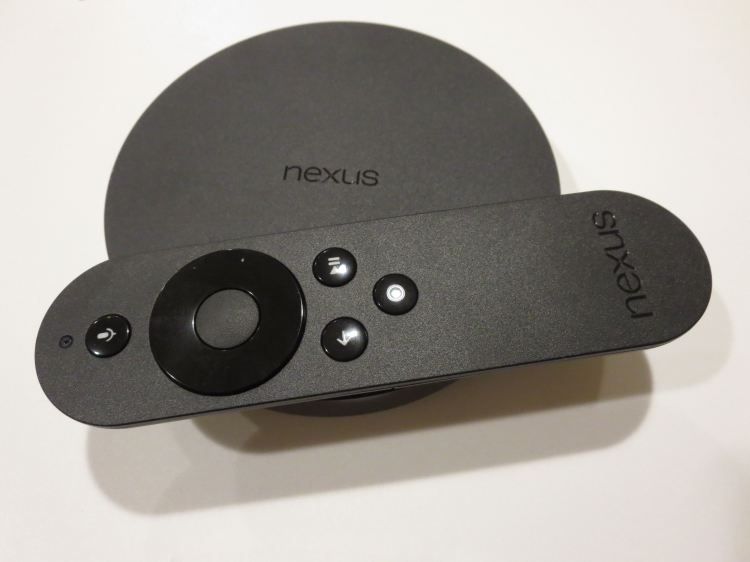When Google announced last month that it would bring a $99 streaming-media Nexus Player to the market, it invited a one-word response: Why?
Google’s past ventures into TV-connected appliances have not fared well. It launched Google TV back in 2010, but that soon faded from the market after we all realized how poorly it worked with the average cable or satellite DVR; 2012’s overpriced Nexus Q streamer never even made it to a storefront.
Last year’s Chromecast broke that losing streak by sticking to one concept — functioning as an invisible, whole-house HDMI cable — and selling for just $35.
Why would you want to pay almost three times as much for the Nexus Player? After four days with this thing in my living room, I’m still wondering why.
My qualms set in before I even had the Player on my home Wi-Fi network. Where the Chromecast only requires installing an app and selecting that device’s setup-only Wi-Fi signal, the Nexus Player had me picking out letters with the remote on an onscreen keyboard to enter wireless and Google-account passwords. And since it masks the latter login as you type it (I suppose in case an attacker is hiding in your living room to shoulder-surf?), of course I got it wrong the first time.
(The Player’s lack of a built-in Web browser leaves it as offline as a Chromecast if you’re stuck with hotel Wi-Fi or any other wireless service with a “captive portal” Web login.)
The Nexus Player also requires its own power outlet — plus, as with any other media player, an open HDMI input on your TV — and will leave your coffee table with yet another remote control.
The Android TV platform doesn’t deliver
The theoretical reward for that heightened complexity is a smoother interface. But the current state of the Nexus Player, built on the Android TV platform Google introduced at this summer’s I/O developer conference, can’t deliver on that either. Its home screen is dominated by an allegedly personalized list of recommended content and a list of frequently used apps that you can’t edit — one of many ways this isn’t recognizable as an Android device even though it runs the new 5.0 Lollipop version.
The Player ships with apps for Google Play’s video, music, and games outlets as well as YouTube, but its app store offers few alternative sources. You can add Netflix and Hulu Plus, but not ESPN, HBO Go, or Rdio, among many other sites that include Chromecast support in their apps. If a streaming-media player is immediately outclassed by the weirdly curated Apple TV in its diversity of entertainment options, that’s not a good thing.
You can, however, still “cast” video from the phone or tablet versions of apps or any page in a Chrome browser, exactly as you can with the much cheaper Chromecast.
Although the Player’s remote leaves out volume controls, its microphone-icon button does let you search by voice. In my tests, that only served up results in Google’s own apps. It correctly heard me say “Mad Men,” “House of Cards,” “Saturday Night Live” and “movies about Washington, D.C.” — and then suggested I buy or rent them all on Play Movies & TV instead of watching each at no additional cost in the Netflix and Hulu Plus apps I’d already installed.
FYI, Google: “The Grand Budapest Hotel” is a movie but is not about Washington, D.C.
Watching and listening in all of these apps was a hiccup-free experience over a Verizon Fios connection — even Netflix! But Google Play Music’s weird inability to display song titles and artist names led to a different sort of interruption: my repeatedly pawing the remote’s four-way controller to see which musicians its “I’m Feeling Lucky” channel had just served up.


